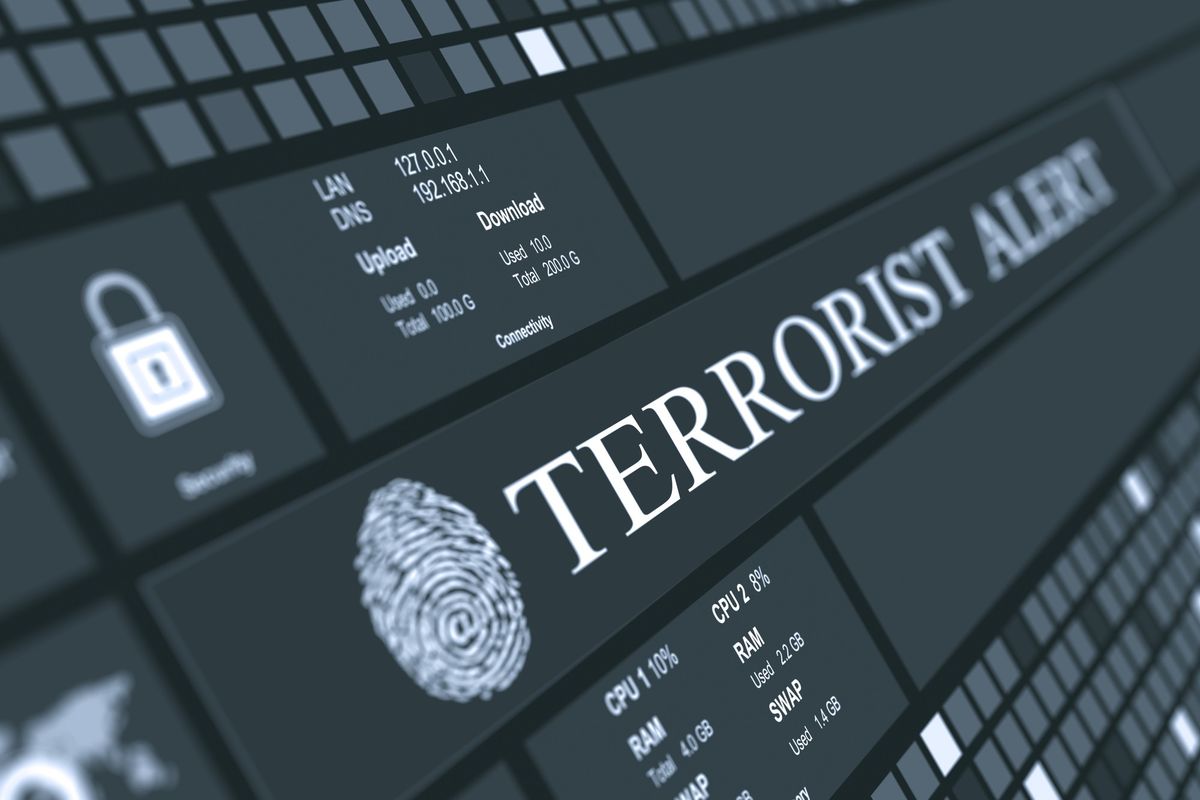Over the last decade and a half, U.S. law enforcement and intelligence communities have remained vigilant in their efforts to defend the homeland against terrorist adversaries. However, the evolution of terrorist group’s use of the internet and other technological means to disseminate their propaganda has presented a new type of challenge for law enforcement and intelligence, as the distinction between what constitutes domestic terrorism and international terrorism has become increasingly fuzzy. The Cipher Brief sat down with Mike Leiter, former Director of the National Counterterrorism Center, to discuss the evolving nature of terrorist threats and how the classification of terrorism as domestic versus international may be obsolete.
The Cipher Brief: How does the U.S. distinguish between domestic and international terrorism?
Mike Leiter: September 11 and the subsequent rise of homegrown terrorism has really muddled the traditional line between international terrorism and domestic terrorism. The link has become relatively tenuous when you are talking about a transnational ideology, which motivates someone who can be born, raised, and basically everything here in the U.S. and then suddenly carries out an act that is labeled as international terrorism as opposed to domestic terrorism.
The distinction between the two is increasingly muddy, but those things that we do call international terrorism, the U.S. government, really in a bipartisan way since 9/11, has thrown a totality of its weight against it. And domestic terrorism, we just continue to treat in much more narrow ways, which are principally straight law enforcement.
TCB: Where do we draw the line between international and domestic terrorism when it comes to a case where U.S. citizens are indirectly inspired by an ideology like ISIS’? Is that still domestic terrorism?
Leiter: What the intelligence and law enforcement communities in the U.S. say, and this has been something accepted by Congress, is that simply being motivated by the trans-nationalist ideology that is violent Sunni extremism and embodied by ISIS or al Qaeda, make something international terrorism. There is always a sufficient nexus back to those international groups even if an individual is simply motivated by them, and there is no direct communication.
TCB: When determining if something is an active of terror, does the motive play a key component?
Leiter: Absolutely. There is something like 50 plus definitions in the U.S. Code for terrorism. But the most prevalent one, which is the one that we used at NCTC, was “politically motivated violence by a non-state actor against non-combatants.” And it’s a non-state or sub-state actor, which is why you have organizations such as the Islamic revolutionary Guard Corps (IRGC) in Iran being labeled as terrorist organizations, since they are sub-state actors.
There always has to be that motivation. And that’s why people sometimes criticize the FBI, for example, after Fort Hood asking why they won’t call it terrorism. It’s because they have to understand what the motivation is. So it’s maybe easier to say that a perpetrator killed several people and it’s terrorism, but without knowing the motivation, technically, you really can’t describe it as terrorism.
You can look at the circumstances, and you can infer from the circumstances what the motivation is even if the person didn’t directly say so. But you still have to be confident in your understanding that the motivation is politically inspired and not simply anger, craziness, or fill in the blank with any other motivation that’s not political.
TCB: How should we treat the labels of “domestic” vs. “international” terrorism going forward? Should we group terrorism from the extreme right and international terrorism in the same category?
Leiter: The distinction between domestic terrorism and international terrorism is not a particularly useful one anymore. Terrorism versus non-terrorism violence is still an important one. And I say that because depending on the motivation of any violent act, you might have a very different policy response. Something that is motivated by an individual simply being crazy versus a political act, you’re going to try to prevent in different ways, and that may have different consequences on the population.
Trying to distinguish between international and domestic terrorism is extremely challenging. If you think about right wing violence in the U.S. today – which might arguably be motivated by extreme nationalism and an Aryan nation, anti-immigrant sentiment – even with that movement there are potential international linkages. Groups get motivation and encouragement from their counterparts internationally. So I do think the domestic/international divide is muddy and probably not very useful, but the motivation is still a value.
And we have to accept that regardless of what the motivation is, you still have to often make very hard political choices about the types of tools you are willing to apply in one context versus another. It is important to reflect why are we willing to use policy, law enforcement and intelligence tools in one context and not another, and whether that is actually a good choice.
TCB: What is the difference between an insurgency and a terrorist group?
Leiter: The definitions are a bit sloppy there as well. Most importantly, when terrorist groups start to become true insurgencies and control ground, then you’re going to respond to that very differently. If there are isolated terrorists, the response will be more associated with intelligence and targeted strikes. When you start talking about an insurgency, then you’re into the world of counter-insurgency operations (COIN) versus counterterrorism. There are a lot of commonalities there, but the more an insurgency starts to hold ground and try to govern, the more broad your counter-insurgency efforts have to be and the less you enter into the targeted space of law enforcement, intelligence and direct strikes for counterterrorism. So there is an overlap, but there are some differences.












